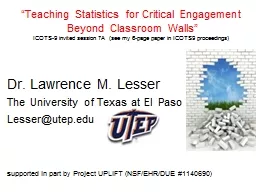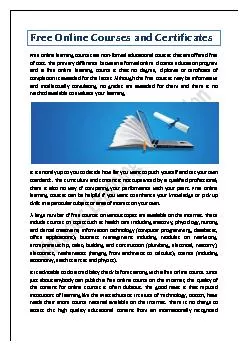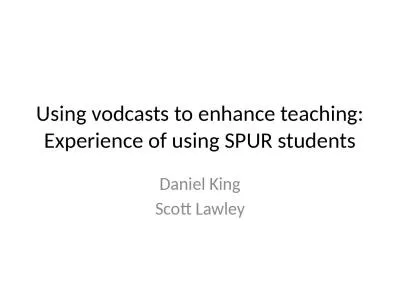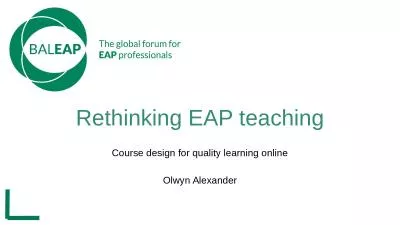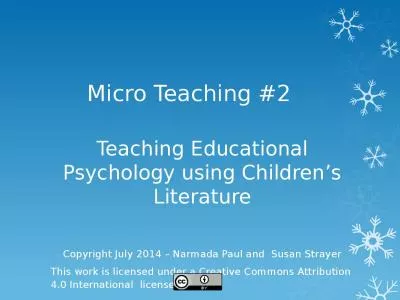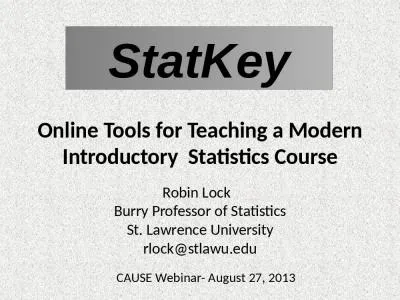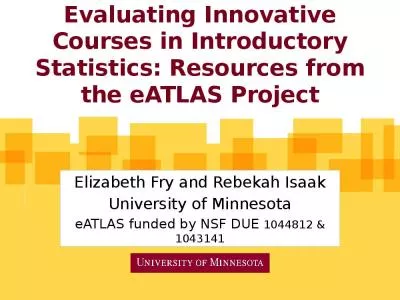PPT-Using an Online Course to Support Teaching of Introductory Statistics:
Author : attentionallianz | Published Date : 2020-06-15
Experiences and Assessments eCOTS 2012 Oded Meyer Candace Thille Marsha Lovett Carnegie Mellon University The Effort Carnegie Mellon s Open Learning Initiative
Presentation Embed Code
Download Presentation
Download Presentation The PPT/PDF document "Using an Online Course to Support Teachi..." is the property of its rightful owner. Permission is granted to download and print the materials on this website for personal, non-commercial use only, and to display it on your personal computer provided you do not modify the materials and that you retain all copyright notices contained in the materials. By downloading content from our website, you accept the terms of this agreement.
Using an Online Course to Support Teaching of Introductory Statistics:: Transcript
Download Rules Of Document
"Using an Online Course to Support Teaching of Introductory Statistics:"The content belongs to its owner. You may download and print it for personal use, without modification, and keep all copyright notices. By downloading, you agree to these terms.
Related Documents





